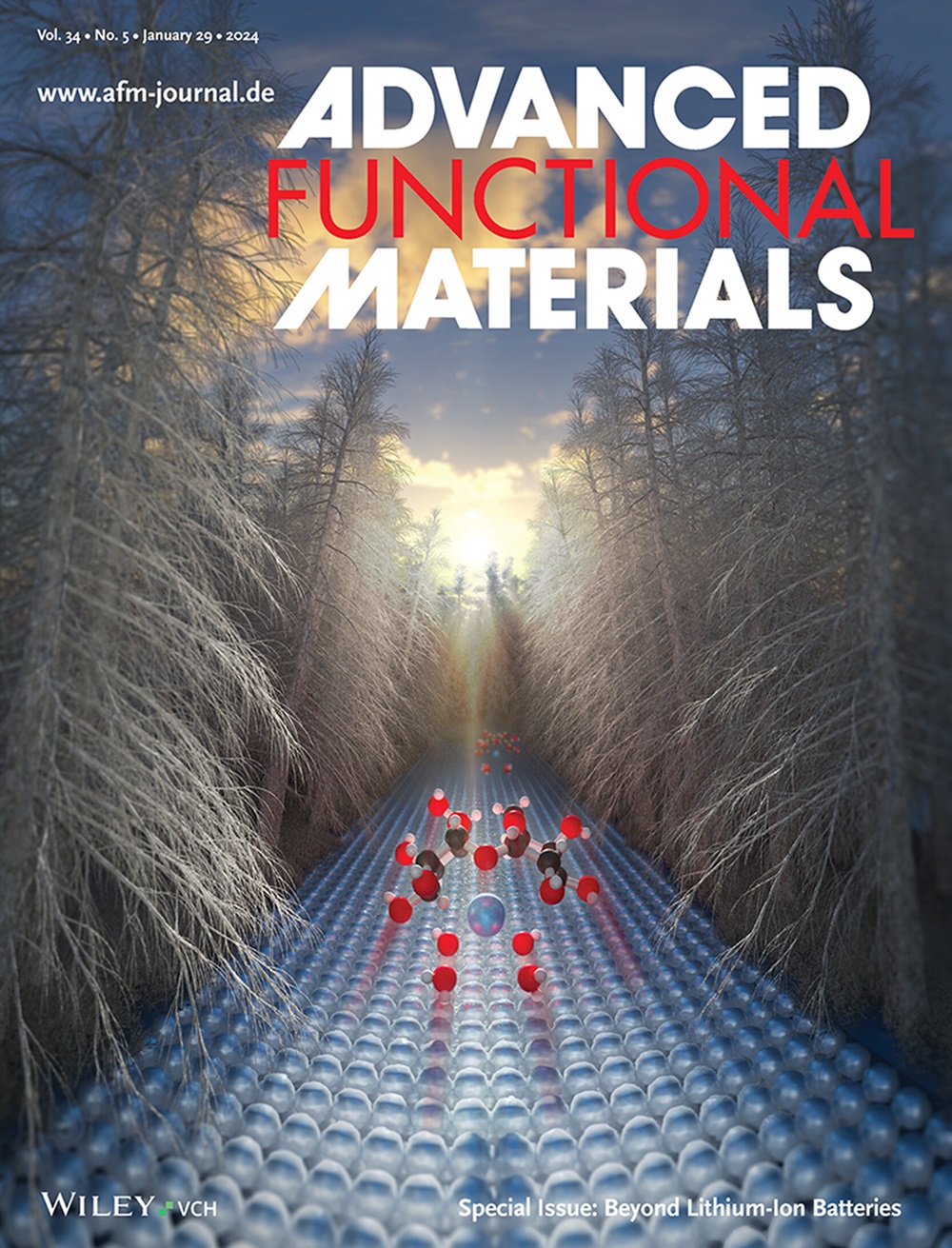Multi-Pathway Upconversion Emission in Symmetry-Broken Nanocavities: Broadband Multiresonant Enhancement and Anti-Correlated Interfacial Sensitivity
IF 18.5
1区 材料科学
Q1 CHEMISTRY, MULTIDISCIPLINARY
引用次数: 0
Abstract
The development of efficient, biocompatible, and broadband solid-state nanocavity platforms with enhanced upconversion emission remains a critical challenge in nanophotonics, particularly for biosensing and bioimaging applications. Here, it is introduced symmetry-broken nanolaminated plasmonic nanoantenna arrays (NLPNAs) that overcome the limitations of current approaches by achieving the desired balance of multiresonant enhancement, interfacial sensitivity, and scalable fabrication. The strategic disruption of axial symmetry within metal-insulator-metal nanocavities enables broadband multiresonant enhancement across multiple upconversion emission pathways, including second harmonic generation, third harmonic generation, and upconversion photoluminescence, under femtosecond laser excitation across a broad near-infrared (NIR) wavelength range (1000–1600 nm). The fabricated asymmetric NLPNAs demonstrate substantial enhancements compared to their symmetric counterparts, displaying up to 30-fold increase in upconversion emission. The unique, anti-correlated interfacial sensitivities exhibited by these distinct emission pathways offer a new avenue for improving the reliability and specificity of multiphoton nanoplasmonic biosensing and bioimaging techniques.

求助全文
约1分钟内获得全文
求助全文
来源期刊

Advanced Functional Materials
工程技术-材料科学:综合
CiteScore
29.50
自引率
4.20%
发文量
2086
审稿时长
2.1 months
期刊介绍:
Firmly established as a top-tier materials science journal, Advanced Functional Materials reports breakthrough research in all aspects of materials science, including nanotechnology, chemistry, physics, and biology every week.
Advanced Functional Materials is known for its rapid and fair peer review, quality content, and high impact, making it the first choice of the international materials science community.
 求助内容:
求助内容: 应助结果提醒方式:
应助结果提醒方式:


